Blog

#bioPGH Blog: April Showers Brought May Flowers
 A resource of Biophilia: Pittsburgh, #bioPGH is a weekly blog and social media series that aims to encourage both children and adults to reconnect with nature and enjoy what each of our distinctive seasons has to offer.
A resource of Biophilia: Pittsburgh, #bioPGH is a weekly blog and social media series that aims to encourage both children and adults to reconnect with nature and enjoy what each of our distinctive seasons has to offer.
This past weekend, I dove into the City Nature Challenge by visiting the Raccoon Creek State Park Wildflower Reserve with friends to see and record the peak blooms. And I was not disappointed! The brilliant blues and purples blossoming along stretches of the forest path seemed to have leaped from the pages of a fairy tale; one path in particular on the trail was an overwhelming dream of Virginia bluebells as far as one could look. The Reserve itself is 314 acres of the 7,500+ acre state park, but it is home to one of the most diverse collections of wildflowers of anywhere in the state — let’s explore a little bit about why that is!
A major factor in the wildflower diversity of the Reserve is the availability of limestone. In Pennsylvania, the three most common types of surface rock are sedimentary. If you remember from earlier this year, we talked about how the land that is now Pennsylvania was largely under the Iapetus Ocean millions of years ago, which left behind a great deal of sediment, much of which became our sandstone, shale, and claystone. In western PA, our soils tend to have a rather acidic pH from those rock types (pH runs on a scale of 0-14, with 0 being incredibly acidic like battery acid, 7 being neutral, and 14 representing a strongly basic solution like a drain cleaner). Some plants tolerate acidic soils quite well, but not all do. The key to the Wildflower Preserve is an exposed layer of rock that changes the local pH: the Ames Limestone layer. This limestone increases the local pH of the soil to closer to neutral, which optimizes it for, you guessed it, wildflowers! The Pennsylvania DCNR notes that over 700 species of plants can be observed from the trails of just that small fraction of the larger park. How cool is that?
So what can you see visiting the wildflower reserve at the end of April or early May? Take a look below!
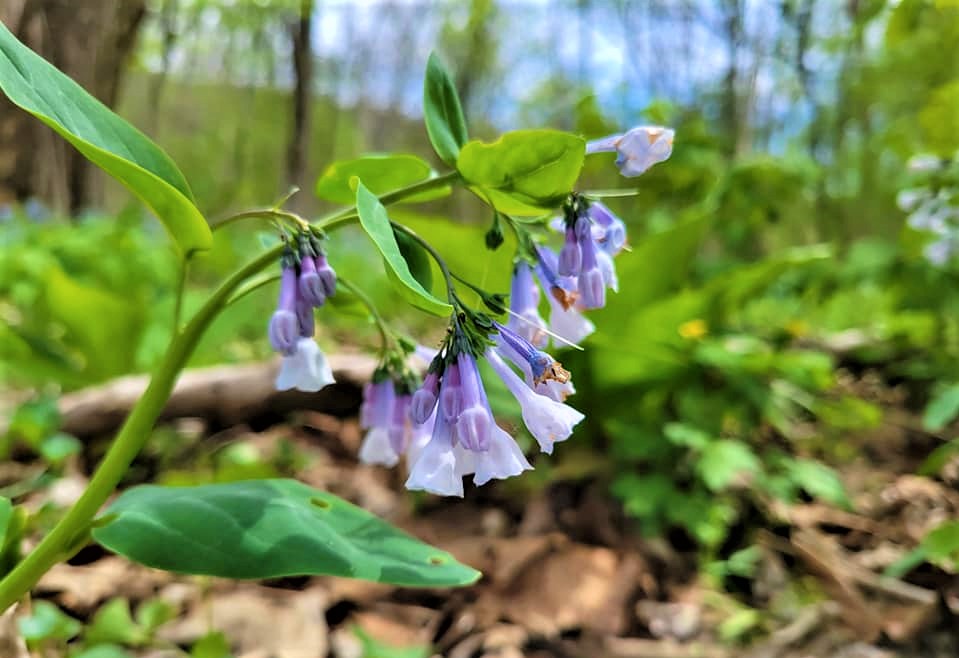
Virginia Bluebells, Mertensia virginica – A beautiful spring ephemeral in the forget-me-not family (Boraginaceae). Once it is done blooming in early May, we may not notice the plant itself as the greens die back and become dormant by midsummer.
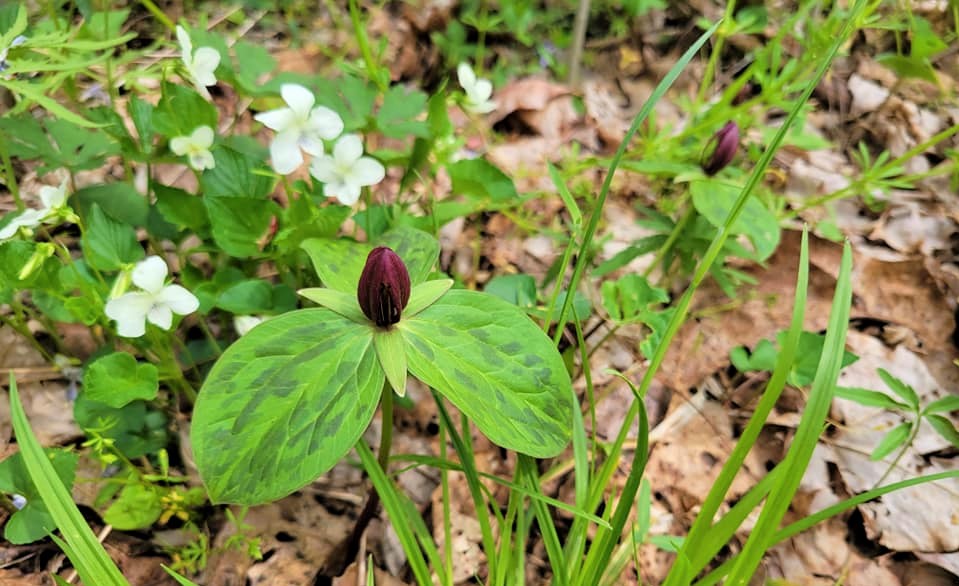
Toadshade, Trillium sessile – A member of the Lily family (Liliaceae) that is distributed across the eastern U.S. Though it looks like a bud, this is the flower in full bloom.
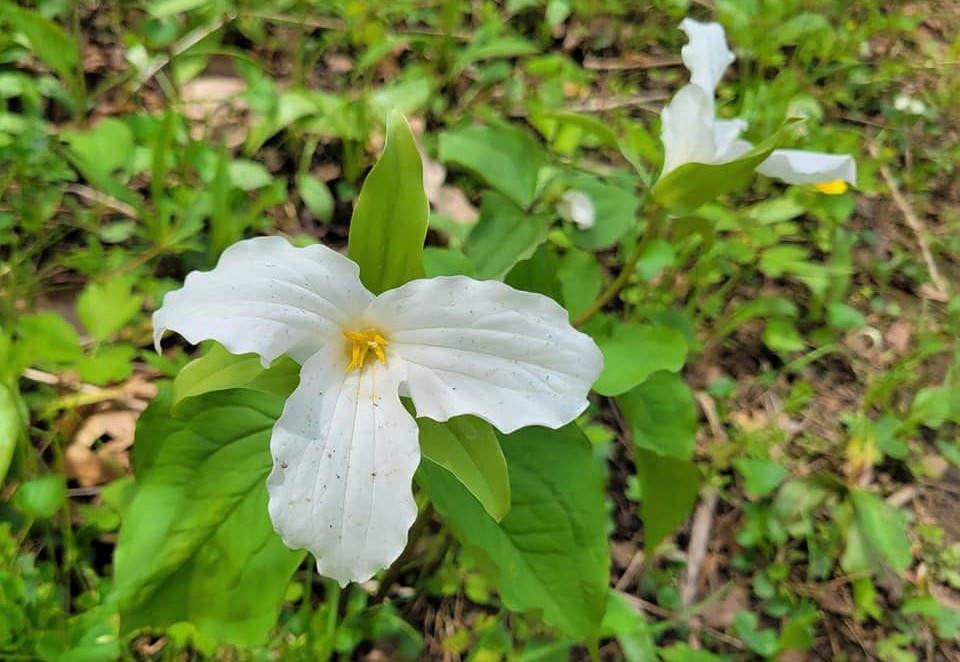
Large white trillium, Trillium grandiflora – Here in Pennsylvania, we can see a few different species of trillium, but their common trait is their fascinating life history. Trillium’s lifespan can be broken up into three stages: juvenile, non-reproductive, and reproductive. The length of each of these stages varies from individual plant to plant, but each stage can last from several years to a decade!
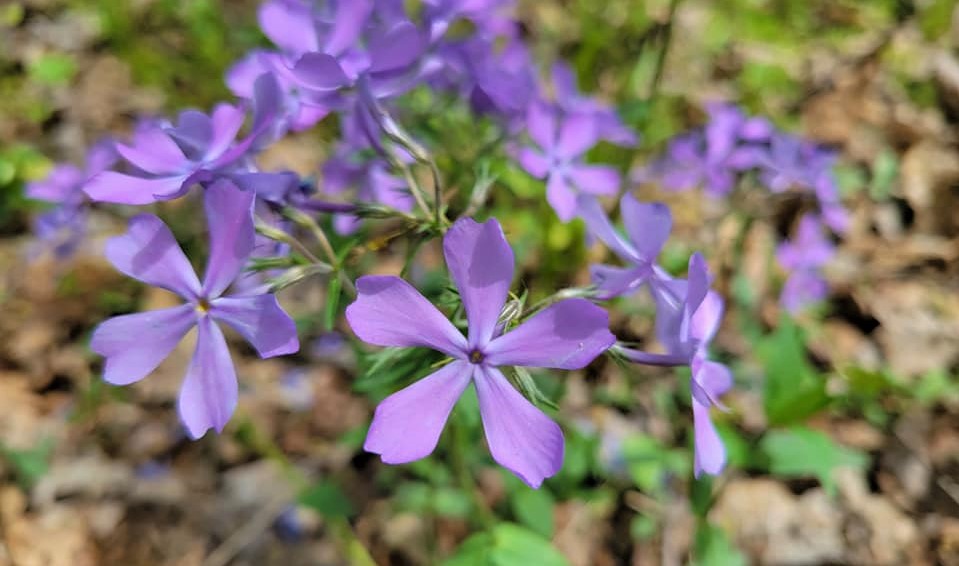
Woodland (blue) phlox, Phlox divaricata – Not to be confused with non-native Dame’s rocket, phlox flowers have five petals in shades of purple to blue, and the leaves are hairy and elongated with smooth leaf edges and rounded tips. It’s a partial shade plant that often grows in a community with other spring favorites such as trillium, mayapple, jack-in-the-pulpit and Dutchman’s breeches.
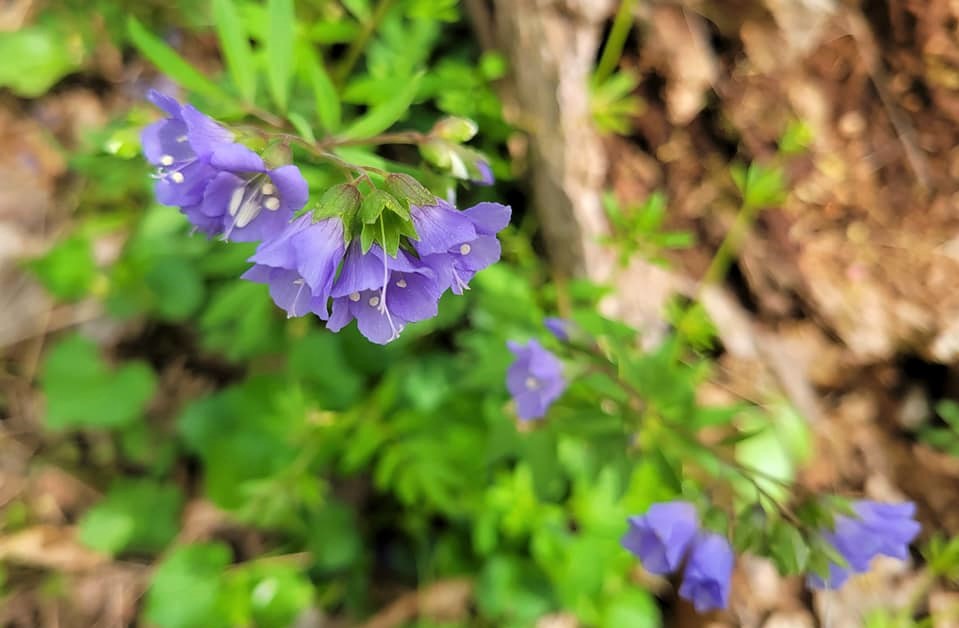
Jacob’s ladder, Polemonium caeruleum – Not native to the US, it is in the same family as Phlox (Polemoniaceae) and grows in similar habitat to its flowering cousin in its introduced range.
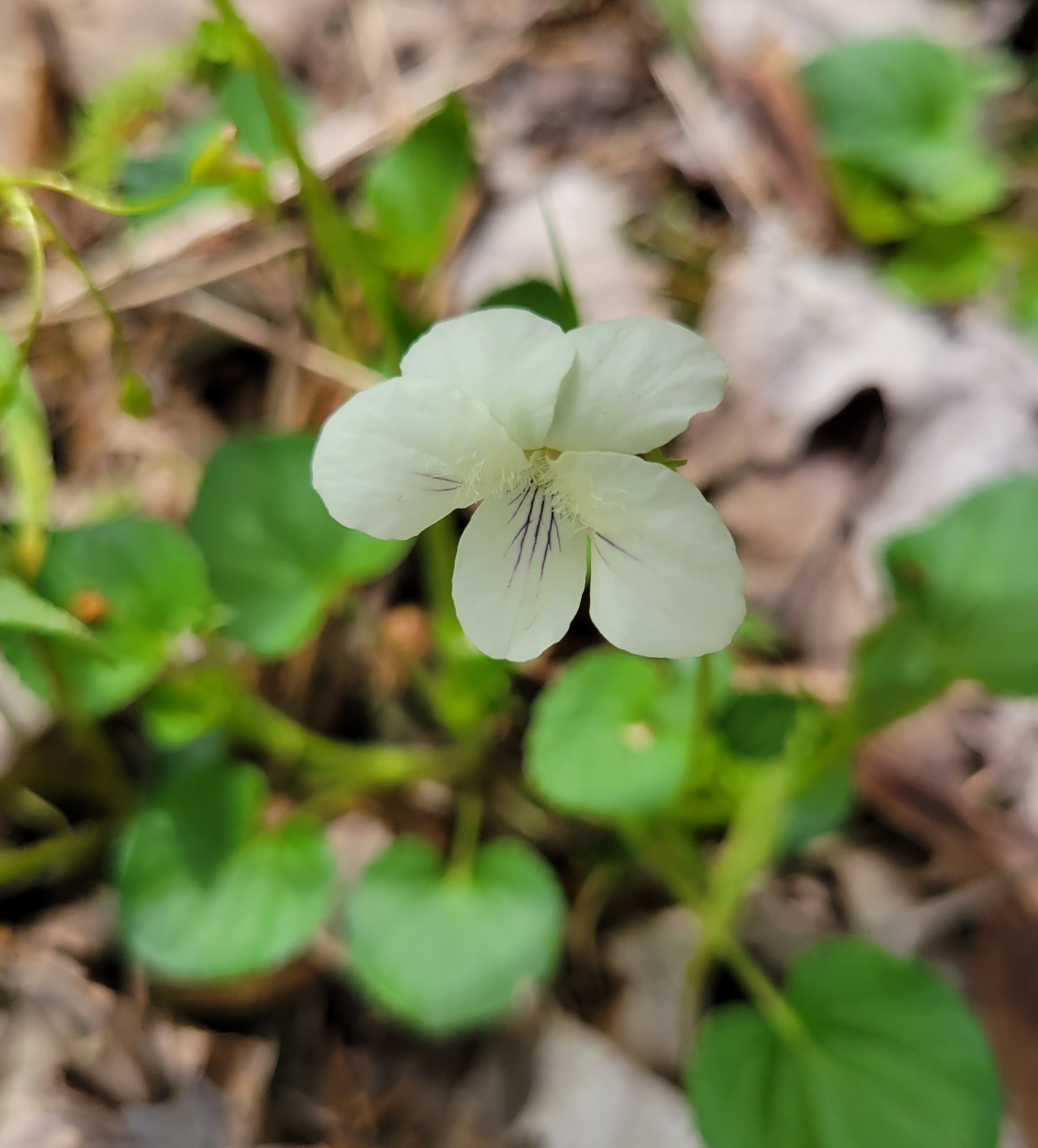
Cream Violet, Viola striata – A violet that isn’t the color violet! The cream violet is a common flower in eastern woods, but it grows further inland than coastal regions.
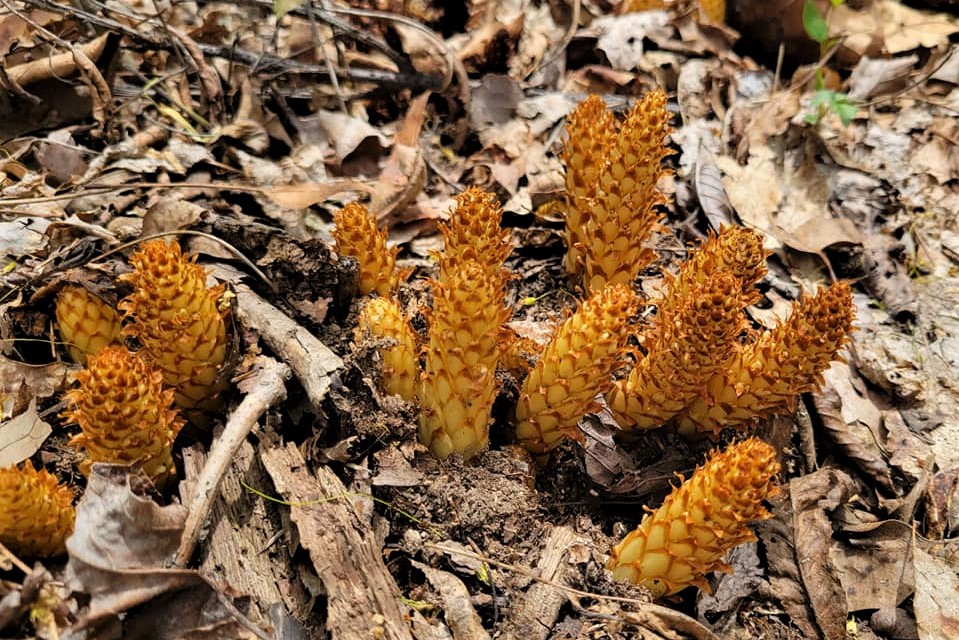
American cancer-root, Conophilus Americana – Not a wildflower, but still a fascinating find for the day! This is actually a parasitic plant that grows off tree roots, and it does not undergo photosynthesis.
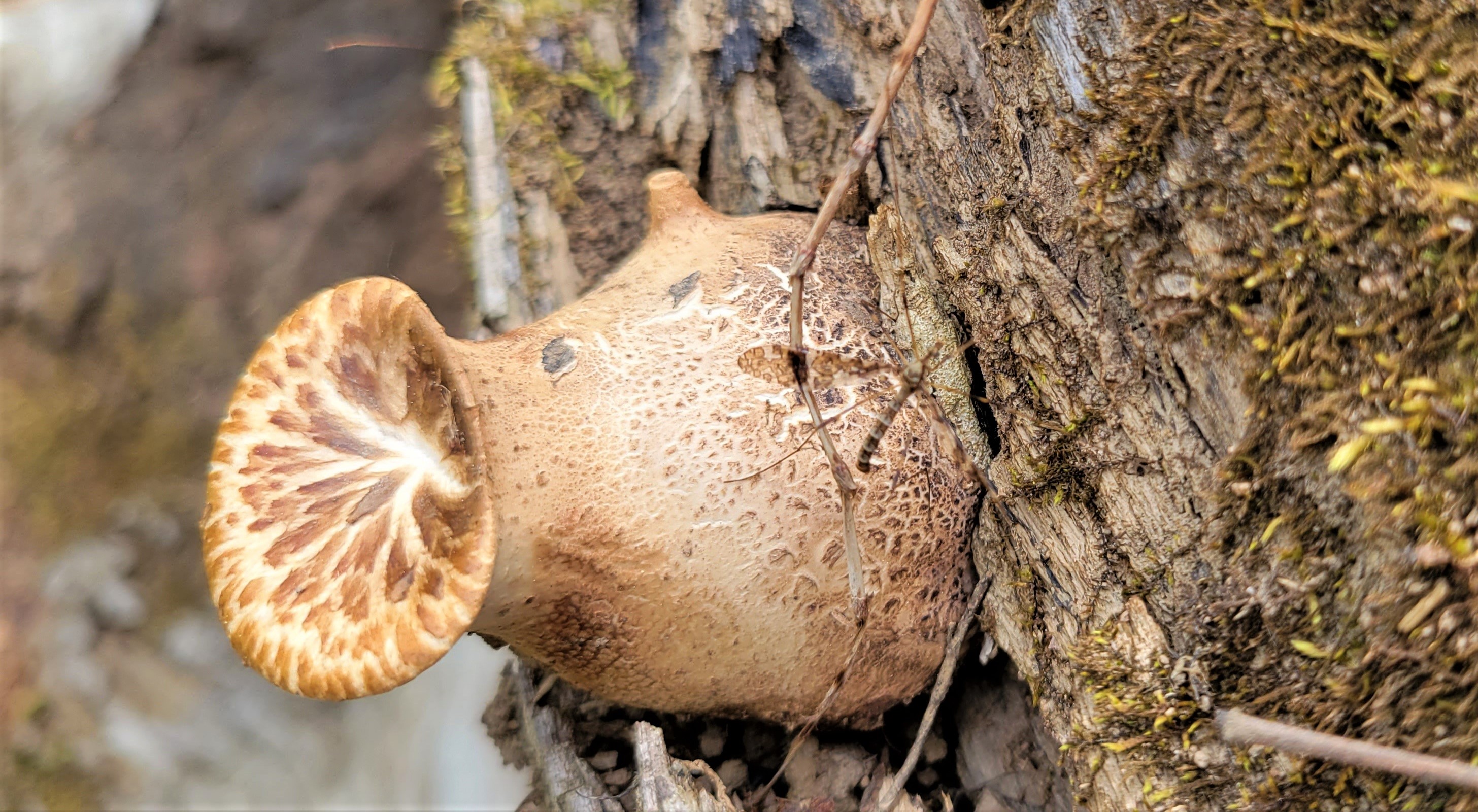
Bonus: Not a flower, but I thought this was a cool Dryad’s saddle!
Connecting to the Outdoors Tip: If you have a chance to get to the wildlfower reserve soon, you can still probably catch some of the beauty I saw this past weekend. Of course, a walk or hike in the forest is always a refreshing time - wildflowers or not. So get outdoors if you can!
Photo Credits: All photots by Maria Wheeler-Dubas. Header, Virginia bluebells; cover, wild geranium.

